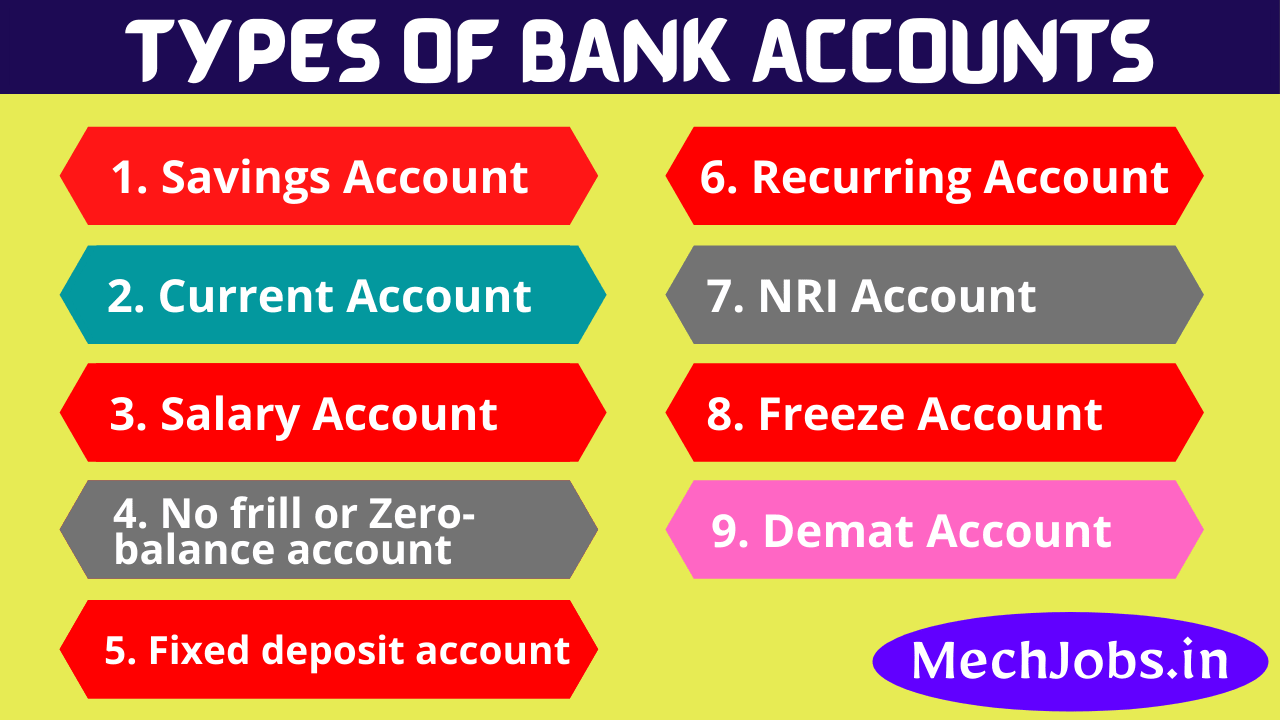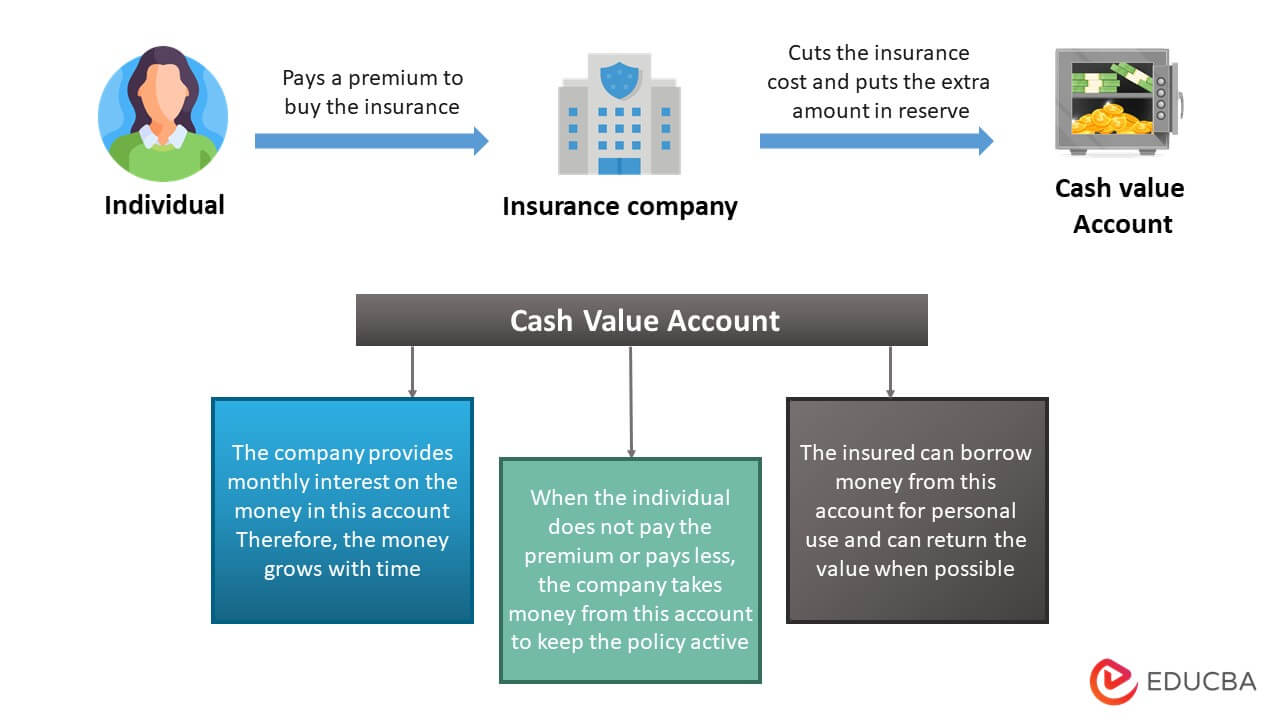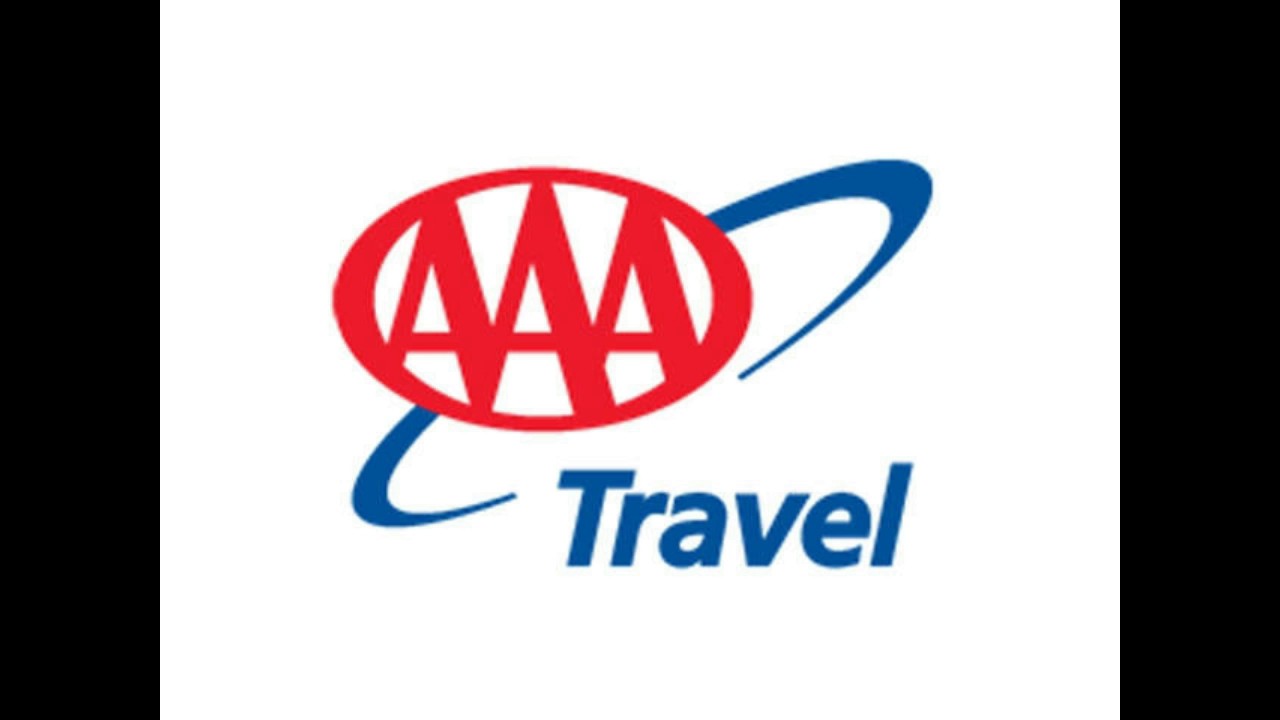Workers compensation insurance, a crucial safety net for employees and businesses, provides financial security in the unfortunate event of work-related injuries or illnesses. This type of insurance acts as a bridge, connecting employers with their employees in a system designed to safeguard both parties during difficult times.
The system covers a wide range of medical expenses, lost wages, and rehabilitation costs, ensuring that injured workers receive the necessary support to recover and return to work. For businesses, workers compensation insurance offers peace of mind by mitigating potential financial risks associated with workplace accidents.
Workers Compensation Insurance: A Definition

Workers’ compensation insurance is a type of insurance that provides coverage to employees who suffer work-related injuries or illnesses. It is a system that aims to protect both employees and employers from the financial burdens associated with workplace accidents.
Purpose of Workers’ Compensation Insurance
The primary purpose of workers’ compensation insurance is to provide financial protection to employees who experience work-related injuries or illnesses. This protection includes:
- Medical expenses for treatment and rehabilitation.
- Lost wages during recovery.
- Disability benefits if permanent impairments occur.
- Death benefits to surviving dependents.
In exchange for providing these benefits, workers’ compensation insurance typically requires employees to give up their right to sue their employers for negligence in most cases. This creates a system that aims to be fair and efficient for both parties involved.
Key Stakeholders
Several key stakeholders play crucial roles in the workers’ compensation system. These include:
- Employees: They are the beneficiaries of the insurance, receiving benefits in case of work-related injuries or illnesses.
- Employers: They are responsible for purchasing workers’ compensation insurance and paying premiums.
- Insurance Companies: They provide the insurance coverage and administer claims.
- State Governments: They regulate the workers’ compensation system, setting rules and standards.
Coverage and Benefits
Types of Injuries and Illnesses Covered
Workers’ compensation insurance typically covers a wide range of injuries and illnesses that arise from the workplace, including:
- Accidents: These include falls, slips, trips, and collisions, leading to injuries like fractures, sprains, and concussions.
- Repetitive Strain Injuries (RSIs): These result from repetitive motions or awkward postures, causing conditions like carpal tunnel syndrome or tendonitis.
- Occupational Diseases: These are illnesses caused by exposure to hazardous substances or conditions, such as asbestos exposure leading to mesothelioma.
Benefits Provided
Workers’ compensation benefits vary depending on the state and the specific circumstances of the injury or illness. However, common benefits include:
- Medical Expenses: This covers the cost of treatment, including doctor visits, hospital stays, surgeries, and medications.
- Lost Wages: This provides partial compensation for wages lost during recovery, usually calculated as a percentage of the employee’s average weekly wage.
- Disability Benefits: These provide ongoing financial support if an injury or illness results in a permanent disability, either partial or total.
- Death Benefits: If a work-related injury or illness leads to death, these benefits provide financial support to surviving dependents.
Filing a Workers’ Compensation Claim
The process for filing a workers’ compensation claim typically involves the following steps:
- Report the Injury or Illness: Inform your employer immediately about the incident and any injuries or illnesses sustained.
- Seek Medical Attention: Get prompt medical treatment from a qualified healthcare provider.
- File a Claim: Submit a claim form to your employer or the insurance company, providing details about the incident and your injuries or illness.
- Review and Approval: The insurance company will review your claim and determine if it is eligible for benefits.
- Receive Benefits: Once your claim is approved, you will receive the appropriate benefits, including medical expenses, lost wages, or disability payments.
Premiums and Cost Factors: Workers Compensation Insurance
Calculating Premiums
Workers’ compensation insurance premiums are typically calculated based on a number of factors, including:
- Industry Classification: Different industries have different risk profiles, with some industries having higher rates of workplace injuries and illnesses than others.
- Payroll: The higher an employer’s payroll, the higher the premium will generally be.
- Past Claims History: Employers with a history of frequent or costly claims may face higher premiums.
- Safety Performance: Employers with strong safety programs and low incident rates may qualify for lower premiums.
- State Regulations: Different states have different workers’ compensation laws and regulations, which can impact premium costs.
Factors Influencing Premium Costs
Several factors can influence the cost of workers’ compensation insurance premiums, including:
- Industry Risk: Industries with higher rates of workplace injuries or illnesses generally have higher premiums.
- Employee Experience: Inexperienced employees may be more prone to accidents, leading to higher premiums.
- Job Hazards: Jobs involving hazardous materials, heavy machinery, or physically demanding tasks can increase premium costs.
- Safety Practices: Employers with strong safety programs and a culture of safety can reduce their premiums.
- State Regulations: Different states have different workers’ compensation laws and regulations, which can impact premium costs.
Comparing Costs Across Industries
Workers’ compensation insurance costs can vary significantly across different industries. Industries with higher risk profiles, such as construction, manufacturing, and healthcare, generally have higher premiums than industries with lower risk profiles, such as office administration or retail.
State Regulations and Laws
Role of State Governments
State governments play a critical role in regulating workers’ compensation insurance. They establish the laws and regulations that govern the system, including:
- Eligibility for Benefits: Determining who is eligible for workers’ compensation benefits and under what circumstances.
- Types of Benefits: Specifying the types of benefits available, such as medical expenses, lost wages, and disability payments.
- Claim Filing Procedures: Establishing the process for filing claims and appealing decisions.
- Premium Rates: Setting the standards for calculating premiums and determining how they are collected.
- Dispute Resolution: Providing mechanisms for resolving disputes between employers, employees, and insurance companies.
Comparing State Laws
Workers’ compensation laws vary significantly from state to state. Some key differences include:
- Benefit Levels: The amount of benefits available can vary depending on the state, affecting the financial support provided to injured or ill workers.
- Waiting Periods: Some states have waiting periods before benefits become available, while others do not.
- Maximum Benefit Durations: The maximum duration of benefits can vary, impacting the long-term financial security of injured or ill workers.
- Dispute Resolution Processes: Different states have different processes for resolving disputes, including the availability of mediation, arbitration, and judicial review.
Impact of State Regulations on Premiums and Benefits
State regulations have a significant impact on both workers’ compensation premiums and benefits. States with more generous benefits and stringent regulations often have higher premiums. Conversely, states with less generous benefits and more lenient regulations may have lower premiums. This can create a complex interplay between state laws and the costs and benefits of workers’ compensation insurance.
If you’re looking for extra coverage beyond your basic health plan, considering private medical insurance might be a good idea. It can offer benefits like faster access to specialists, wider coverage for treatments, and potentially lower out-of-pocket costs.
Safety and Risk Management
Components of a Comprehensive Safety Program
A comprehensive safety program is essential for reducing workplace accidents and injuries. Key components of such a program include:
- Hazard Identification and Assessment: Regularly identifying and evaluating potential hazards in the workplace.
- Safety Training: Providing employees with training on safe work practices, hazard recognition, and emergency procedures.
- Personal Protective Equipment (PPE): Ensuring that employees have access to and use appropriate PPE for their jobs.
- Workplace Inspections: Conducting regular inspections to identify and address safety hazards.
- Incident Investigation: Thoroughly investigating all workplace accidents and injuries to identify root causes and prevent recurrence.
- Safety Communication: Effectively communicating safety information to employees through meetings, posters, newsletters, and other channels.
- Employee Involvement: Encouraging employee participation in safety programs and providing feedback on safety issues.
Role of Risk Management
Risk management plays a crucial role in reducing workers’ compensation claims. By identifying and mitigating workplace hazards, employers can significantly reduce the likelihood of accidents and injuries. This can lead to lower premiums, fewer lost workdays, and a safer work environment for all employees.
If you’re looking for a way to supplement your existing healthcare coverage or want more control over your medical choices, you might consider exploring private medical insurance. It allows you to choose your doctors and hospitals, often with shorter wait times for appointments and procedures.
However, it’s important to carefully weigh the costs and benefits before making a decision.
Effective Safety Training Programs
Effective safety training programs should be tailored to the specific hazards and risks present in the workplace. They should be interactive, engaging, and relevant to employees’ jobs. Examples of effective safety training programs include:
- Hands-on Training: Providing practical training on how to operate machinery safely, use PPE correctly, and handle hazardous materials.
- Scenario-based Training: Simulating real-life workplace scenarios to help employees understand how to respond to emergencies or hazardous situations.
- Online Training: Offering online modules that cover various safety topics, providing flexibility and accessibility to employees.
- Regular Refresher Training: Conducting periodic refresher training to reinforce safety practices and keep employees up-to-date on any changes in safety regulations or procedures.
Dispute Resolution
Resolving Disputes, Workers compensation insurance
Disputes related to workers’ compensation claims can arise between employers, employees, and insurance companies. These disputes may involve issues such as:
- Eligibility for Benefits: Whether an injury or illness is work-related and qualifies for benefits.
- Medical Treatment: The appropriateness and necessity of medical treatment recommended by healthcare providers.
- Lost Wages: The calculation of lost wages and the amount of compensation owed.
- Disability Benefits: The determination of disability status and the level of benefits payable.
Mediation and Arbitration
Mediation and arbitration are common methods for resolving workers’ compensation disputes. Mediation involves a neutral third party who facilitates communication and helps the parties reach a mutually agreeable settlement. Arbitration involves a neutral third party who hears evidence and makes a binding decision.
Appeals
Workers and employers have the right to appeal decisions made by insurance companies or state agencies. Appeals typically involve a formal process of reviewing the evidence and presenting arguments to a higher authority. The specific appeals process varies depending on the state and the nature of the dispute.
Impact on Businesses
Impact on Business Operations
Workers’ compensation insurance can have a significant impact on business operations. High premiums can strain a company’s finances, while frequent claims can disrupt productivity and lead to employee turnover. However, a well-managed workers’ compensation program can help businesses mitigate these risks and create a safer and more productive work environment.
Impact on Profitability
Workers’ compensation insurance can affect a company’s profitability in several ways. High premiums can reduce profits, while claims can lead to increased costs for medical expenses, lost wages, and disability benefits. However, a strong safety program and effective risk management can help businesses reduce claims and lower their insurance premiums, ultimately improving profitability.
Strategies for Managing Workers’ Compensation Costs
Businesses can implement various strategies to manage their workers’ compensation costs, including:
- Implementing a Comprehensive Safety Program: Identifying and mitigating workplace hazards, providing safety training, and promoting a culture of safety can significantly reduce claims.
- Investing in Employee Wellness Programs: Promoting employee health and well-being can reduce workplace injuries and illnesses.
- Partnering with a Reputable Insurance Carrier: Choosing an insurance carrier with a strong track record of claims management and customer service can help businesses minimize costs and optimize benefits.
- Negotiating Favorable Premium Rates: By demonstrating a strong safety record and implementing effective risk management practices, businesses can negotiate lower premium rates with their insurance carrier.
Trends in Workers’ Compensation
Emerging Trends
The workers’ compensation landscape is constantly evolving, driven by factors such as technological advancements, changing demographics, and evolving workplace safety regulations. Some emerging trends include:
- Increased Focus on Prevention: There is a growing emphasis on preventing workplace accidents and injuries, with more companies investing in proactive safety programs and risk management strategies.
- Technological Advancements: Technology is playing an increasingly important role in workers’ compensation, with tools such as wearable sensors, telemedicine, and data analytics being used to improve safety, track claims, and manage costs.
- Growing Awareness of Mental Health: There is an increasing recognition of the importance of mental health in the workplace, with more companies offering support services for employees experiencing stress, anxiety, or depression.
- Focus on Return-to-Work Programs: Employers are increasingly investing in return-to-work programs to help injured or ill employees return to their jobs safely and quickly.
Impact of Technology
Technology is transforming the workers’ compensation industry in several ways. Wearable sensors can monitor employee movements and identify potential hazards, while telemedicine can provide remote access to medical care, reducing the need for costly in-person visits. Data analytics can be used to identify trends in claims and develop more effective safety programs.
Future of Workers’ Compensation
The future of workers’ compensation is likely to be shaped by the continued convergence of technology, healthcare, and workplace safety. We can expect to see more personalized and preventative approaches to managing workplace injuries and illnesses, with a focus on early intervention, rehabilitation, and return-to-work programs.
The role of technology will continue to grow, enabling employers to better understand and manage workplace risks and improve the overall well-being of their employees.
Closing Notes
Navigating the world of workers compensation insurance requires understanding the complex interplay of regulations, benefits, and costs. By prioritizing safety measures, businesses can minimize risks and contribute to a healthier and more productive workforce. Ultimately, workers compensation insurance serves as a cornerstone of a responsible and ethical workplace environment, fostering a culture of safety and security for all.













